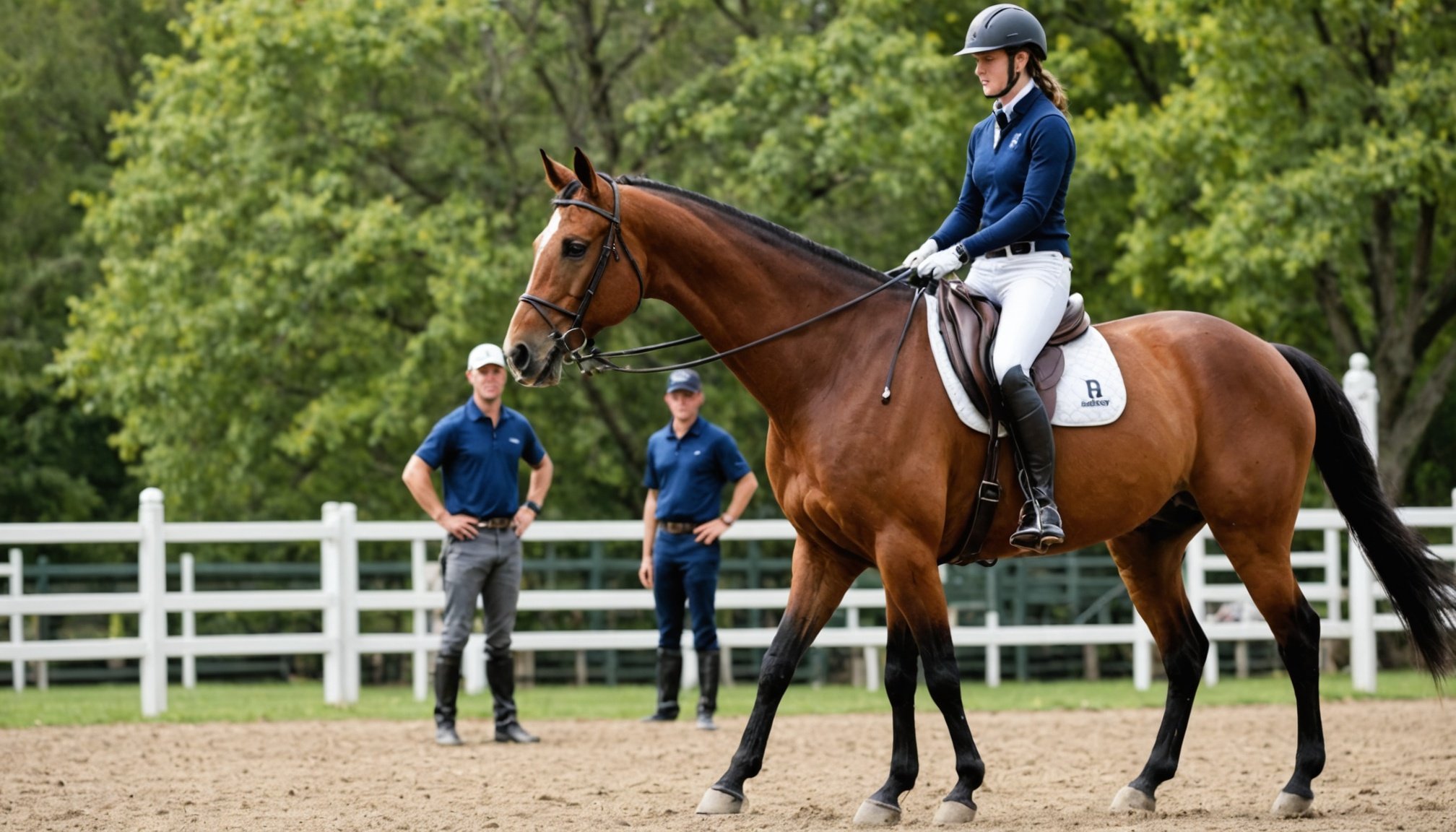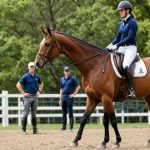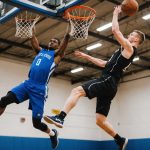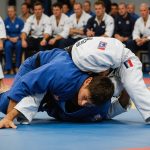Enhancing the Bond Between Athletes and Horses
The horse-rider relationship is foundational to successful equestrian performance. This bond is built on mutual trust, which is essential for achieving optimal results. A horse needs to feel secure and understood, just as a rider needs to sense their horse’s cues and needs. Trust establishes a communication channel that forms the core of their partnership.
There are several bonding techniques to enhance this connection. One effective approach is spending quality time through grooming, feeding, and simply being present with the horse. This serves to familiarize both parties with each other’s habits and moods, fostering a sense of comfort and security. Another strategy involves consistent training sessions that incorporate both routine exercises and new challenges. This approach keeps the horse engaged and shows the rider’s commitment to their well-being and development.
Also to discover : Enhancing endurance: proven training techniques for cyclists tackling multi-stage competitions
Implementing daily routines is also instrumental in strengthening the bond. Establish a consistent schedule including feeding times, grooming sessions, and riding routines. This predictability reassures the horse and reduces anxiety, as they learn to anticipate and trust the rider’s intentions. Ultimately, investing time and energy into nurturing the horse-rider relationship paves the way for enhanced performance, collaboration, and satisfaction for both horse and rider.
Effective Communication Strategies
Effective communication between horse and rider extends beyond spoken words, embracing non-verbal communication cues that are crucial for mutual understanding. One key aspect is interpreting equine body language, which is essential for riders to connect with their horses on a deeper level. Horses communicate through ears, eyes, and body posture. Recognizing such signals allows for better anticipation of a horse’s mood or intentions. Training methods focusing on non-verbal communication can significantly enhance these skills.
Also to see : Mastering the art of spins: elevate your ice skating with targeted strength training strategies
Training Methods and Rider Signals
Incorporating specific training methods enhances both understanding and execution of rider signals. Groundwork exercises, for instance, help riders recognise subtleties in a horse’s behaviour. Through consistent practice, these exercises make it easier for the rider to convey their intentions non-verbally. Additionally, employing positive reinforcement during training solidifies the desired responses to signals.
The role of consistency cannot be overstated in maintaining effective communication. Consistent rider signals help the horse understand expectations, reducing confusion and fostering reliability in response. Consistency ensures that both the rider and the horse develop a shared ‘language’. Every cue, whether a hand gesture or a shift in weight, should be clear and predictable. This mutual understanding enhances trust and responsiveness, leading to harmonious equestrian collaboration.
Psychological Aspects of the Horse-Rider Relationship
Understanding the emotional connection between a horse and rider is crucial for achieving harmony and balance in equestrian activities. This connection is heavily influenced by the mental state of both participants. Trust plays a significant role; a horse that trusts its rider is more likely to perform confidently, while a rider who trusts their horse can make more intuitive decisions. Conversely, fear can negatively affect this synergy, creating tension and reducing effectiveness.
To foster a positive mental state, riders should practice calmness and patience. This can be achieved through consistent routines, familiarisation exercises, and addressing any fear or trepidation riders might feel. Such strategies promote a sense of comfort and security, which is essential for sustaining a productive emotional relationship with the horse.
Recognizing and addressing emotional needs can further enhance the partnership. Horses, like humans, have individual personalities and preferences. Being attentive to these can lead to better communication and ultimately improve performance. Acknowledging that both trust and fear are reciprocal helps riders tailor their approach, ensuring a foundation of mutual respect and understanding. By prioritizing these psychological aspects, riders can elevate their skills and create a fulfilling performance psychology dynamic.
Training Techniques for Performance Improvement
To enhance performance, both athlete and horse must engage in targeted training exercises. Coordination is key, and specific drills are designed to improve this aspect significantly. Exercises such as lateral work, including side pass and leg yield, are excellent for developing coordination. These exercises not only promote better communication between horse and rider but also enhance agility.
Setting achievable and realistic goals is crucial in any skill development process. By outlining clear objectives for each training session, athletes can measure progress and ensure that both they and their horses are on track. Goals motivate and provide purpose, resulting in sustained performance enhancement.
Incorporating progressive training methods adds another dimension to skill refinement. Progression involves gradually increasing the complexity or intensity of training exercises. This could mean extending the duration of practice sessions or introducing new challenges. Such methods ensure that performance improvement is continuous and that both horse and athlete are always pushed to their potential, albeit in a measured way.
Combined, these techniques offer a comprehensive approach to achieving excellence in horse riding disciplines. Consistency, patience, and commitment are the virtues that underpin successful training, leading to marked improvements in performance.
Case Studies and Success Stories
In the realm of inspirational stories, several athletes have transformed not just their physical capabilities but also their emotional, and psychological bonds with their discipline. These real-life examples underscore the power of dedication and strategic partnerships in achieving sporting excellence.
One such example is the evolved partnership between renowned coach Maria Lopez and sprinter Jake Taylor. Their collaboration highlights significant training breakthroughs; notably, a unique sprinting regimen tailored to Jake’s biomechanics. This adjustment not only shaved precious milliseconds off his timings but also reduced injury incidence. It’s a success story illustrating how accurate training assessments can realign an athlete’s potential.
Moreover, examining the journey of swimmer Carla Nguyen provides insightful lessons on the importance of adaptability. Initially struggling with technique, a breakthrough came from a seemingly small adjustment in breathing rhythm—an idea born from observing ocean waves. Carla’s story is a testament to how keen observation and innovation can turn challenges into triumphs.
These narratives emphasize crucial lessons learned from successful partnerships and customized training regimes—vital elements leading to breakthrough performances across various sports. They serve as motivating examples for readers looking to refine their own practices.
Practical Tips for Everyday Training
Incorporating daily training tips into your routine is essential for building a consistent practice that fosters growth and development. Begin with simple exercises that can seamlessly integrate into your everyday schedule. This could include short sessions of basic commands or light physical activities that don’t require extensive preparation.
Routine building is crucial. Establish a regular training schedule that balances discipline with flexibility. This routine helps in creating habits while also allowing room for spontaneous activities, keeping the process engaging for both you and your pet.
Incorporate fun and play into these sessions to make them enjoyable. Engaging activities, such as fetch or agility games, maintain motivation and transform training from a chore into a bonding experience. This playful approach not only strengthens your connection but also enhances learning through positive reinforcement.
Adjust routines periodically to maintain interest. As both you and your companion progress, modify exercises and increase challenges to prevent monotony. This keeps the routine fresh and engaging, providing continuous stimulation and growth.
Utilising these bonding practices not only improves obedience and skill but also enriches the relationship you share, making training a mutually rewarding experience.
Resources and Expert Insights
For those looking to strengthen their horse-rider relationships, expert advice proves invaluable. Noted professionals stress the importance of mutual respect and understanding between horse and rider. Techniques emphasizing patience and clear communication often top their lists of recommendations. This advice is grounded in years of experience and offers tested strategies for enhancing daily interactions with horses.
To support the application of these techniques, a variety of training resources are available. Books such as “The Horse Whisperer Handbook” offer in-depth insights into horse psychology and effective training practices. These texts cater to both novices and seasoned equestrians, providing structured approaches to fostering trust.
In addition, attending workshops and seminars can further enhance one’s skills. Many of these events focus specifically on bond-building techniques, enabling participants to practice under the guidance of experts. Such interactive sessions are invaluable, offering hands-on experience and direct feedback.
For those preferring solitary learning, a list of recommended reading is essential. It includes classics in the field, like “Riding Harmony” and “Equine Connection.” Each offers unique perspectives on creating lasting and meaningful bonds with horses, empowering readers with practical knowledge and actionable insights.











